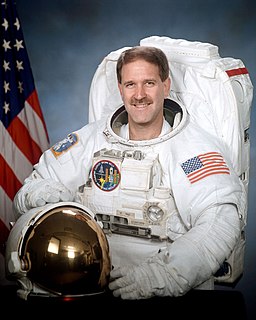A Quote by Alan Stern
We're going to find Marses and maybe Earths out in the solar system's attic of the Oort Cloud and the Kuiper Belt.
Related Quotes
I used to be a strong believer that we would eventually colonize the solar system the way it's been done in science fiction many, many times: bases on the moon, Mars colonized, move out to the outer planets, then we go to the next solar system and build a colony there. I don't know now - I'm not as convinced that's the way it's going to pan out.
When the next generation of content is developed, we have to think in a totally different way. Think about it more symbolically. The main story that you see on the TV screen is maybe like the living room of a house. But there are various other rooms in this house that you will otherwise never see. But if you use the Internet, you find out what's in the attic. And if you use the cell phone, you find out what's on the first floor. And on another medium, you find out what's in the cellar.






























